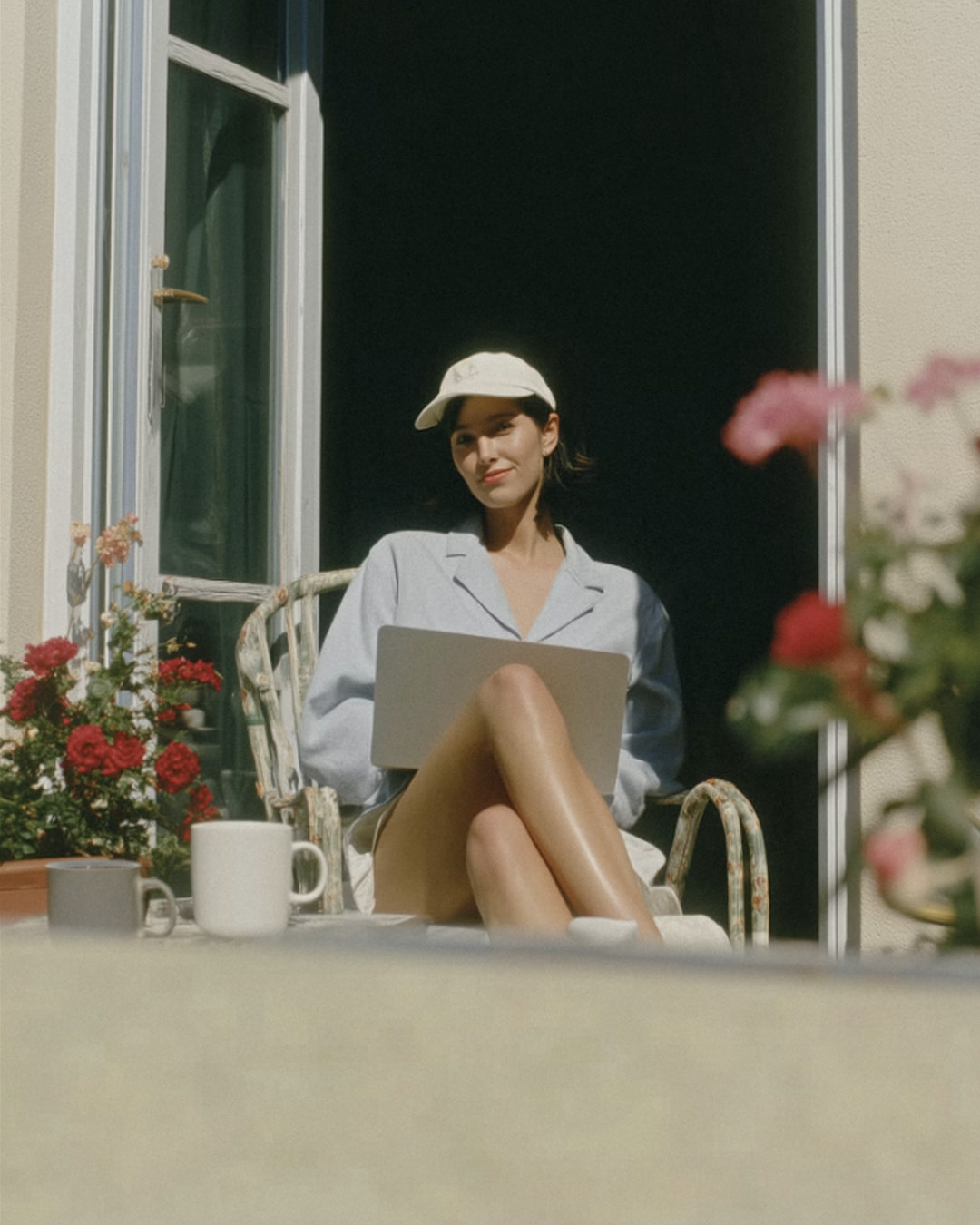Wearing clothing at home alone in the summer is not just about habit—it’s a blend of comfort, practicality, hygiene, privacy, and even psychology. While some people might go partially undressed to beat the heat, many choose to remain clothed for reasons that go well beyond social expectation, making clothing an essential part of modern civilized living.
Comfort and Temperature Regulation
Even in summer, being minimally but appropriately dressed at home can actually aid cooling. Loose-fitting, moisture-wicking clothes help sweat evaporate and shield skin from indoor sunlight or hot surfaces. The best choices are light fabrics, such as cotton or technical blends, designed for breathability. Contrary to popular belief, wearing some clothing can sometimes help keep the body cooler by protecting it from overheating and allowing sweat to evaporate efficiently.
- Loose or flowy garments enable air circulation, enhancing cooling.
- Moisture-wicking/quick-dry materials can help pull sweat away, reducing stickiness and discomfort.
- Light colors are preferable, as they reflect sunlight rather than absorbing it.
Protection for Skin and Health
Clothing acts as a barrier, protecting your skin from burns (from sun-flecked windows), scratches, accidental spills, or even furniture irritants. Fabrics keep you safe from insect bites and minor injuries if you move around your home.
- Sun protection: Exposure to strong sunlight streaming in through windows can cause burns or sun damage—even inside.
- Allergy relief: Clothes keep dust, pollen, and pet hair away from bare skin, reducing allergic responses for sensitive individuals.
Hygiene and Cleanliness
Clothes serve a vital role in personal hygiene, absorbing sweat and preventing it from pooling on furniture or linens. Staying clothed keeps your home cleaner and maintains the dignity of your living space.
- Controlling sweat: Fabrics absorb perspiration, so you don’t leave sweat spots on sofas or beds.
- Protecting surfaces: Prevents oils, dead skin, and body products from transferring to upholstery and sheets, which can harbor bacteria or odors.
Psychological and Emotional Wellbeing
Clothing affects how you feel—even when nobody else is around. Getting dressed, even very lightly, sets the tone for productivity or relaxation. Many people report feeling more energetic, organized, or motivated when not in pajamas or bare-skinned at home, even alone.
- Routine and discipline: Dressing up is linked to a sense of routine, which can positively impact mood and productivity.
- Self-image: Clothes help reinforce your sense of identity and self-worth, whether you’re alone or with others.
- Comfort and security: Some clothes, such as a soft tee or familiar shorts, provide emotional comfort and a safe “second skin”.
Privacy and Practicality
Even when home alone, most people encounter circumstances that call for some clothing:
- Unexpected errands: You may need to answer the door, receive deliveries, or step outside—a prepared wardrobe prevents embarrassing situations.
- Neighbors/Security: Windows and open blinds can expose you to neighbors or passersby, making clothes necessary to maintain privacy, especially in urban environments.
Cultural and Social Conditioning
Human beings have been socialized to wear clothes since childhood, and this habitual behavior sticks even when alone at home. Cultural norms reinforce the idea that being dressed is “normal,” even in private, and help people feel comfortable if circumstances change.
Style, Fashion, and Self-Expression
Summer at home is also a great opportunity to experiment with style in a risk-free space. Many enjoy wearing bright summer dresses, trendy shorts, or loungewear that wouldn’t feel as relaxed or indulgent outside the home.
- Comfy summer dresses: These are ideal for keeping cool and stylish indoors.
- Athleisure and loungewear: Popular choices for both comfort and function, and they reflect individual taste.
Special Considerations
- Medical needs: People with conditions like anemia may require more coverage, even in summer heat.
- Body comfort: Not everyone feels comfortable showing lots of skin, and wearing clothes is a way to control exposure, temperature, and personal comfort.
Summary Table: Why People Wear Clothing at Home Alone in Summer
Final Thoughts
Wearing clothing when home alone in the summer is a blend of physical comfort, protection, privacy, self-image, and ingrained social habit. Light, loose, and breathable clothes make it easier to stay cool, manage sweat, and preserve hygiene while providing psychological comfort and readiness for life’s little surprises—even if no one is watching.
